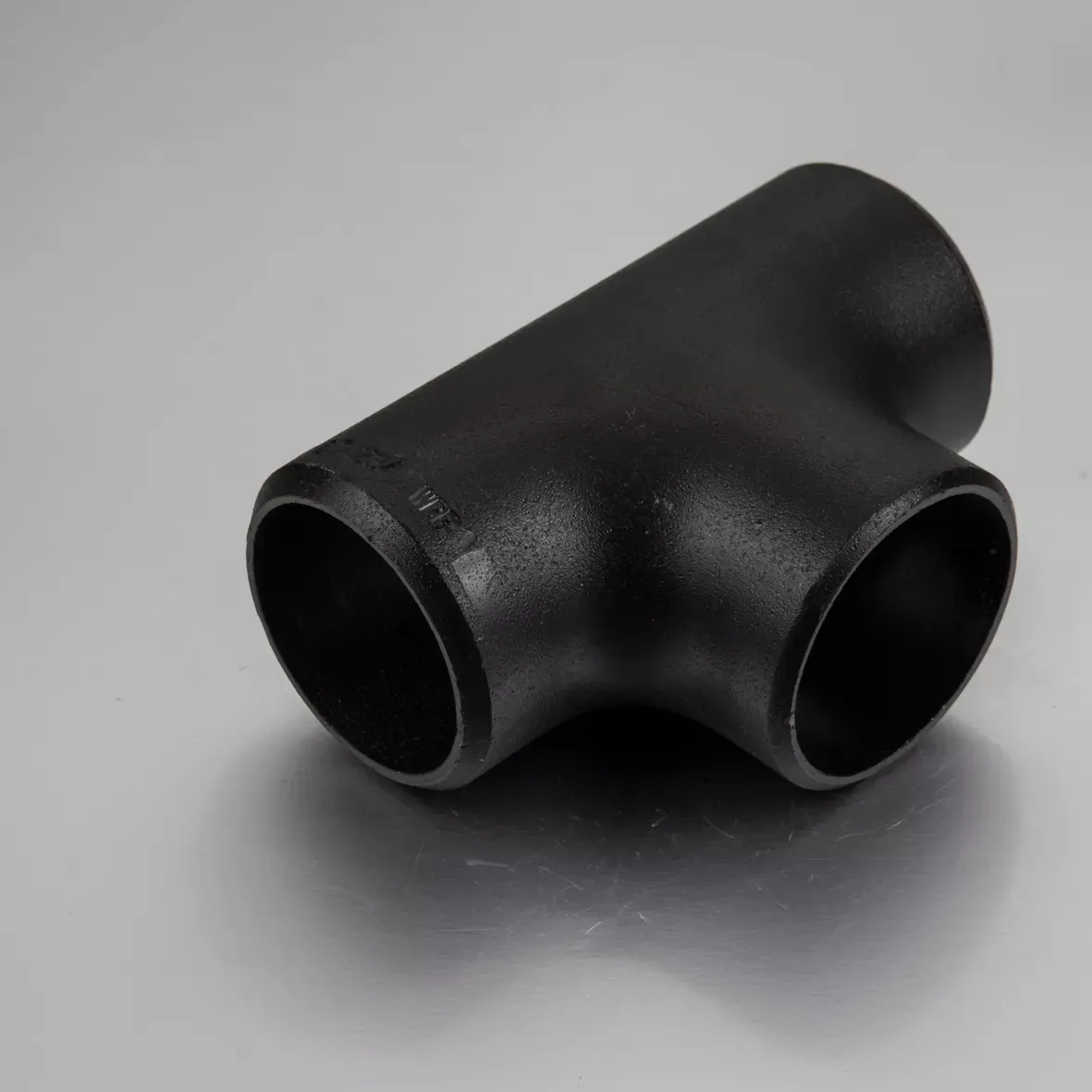-
Cangzhou Yulong Steel Co., Ltd.
-
Phone:
+86 13303177267 -
Email:
admin@ylsteelfittings.com
- English
- Arabic
- Italian
- Spanish
- Portuguese
- German
- kazakh
- Persian
- Greek
- French
- Russian
- Polish
- Thai
- Indonesian
- Vietnamese
- Zulu
- Korean
- Uzbek
- Hindi
- Serbian
- Malay
- Ukrainian
- Gujarati
- Haitian Creole
- hausa
- hawaiian
- Hebrew
- Miao
- Hungarian
- Icelandic
- igbo
- irish
- Japanese
- Javanese
- Kannada
- Khmer
- Rwandese
- Afrikaans
- Albanian
- Amharic
- Armenian
- Azerbaijani
- Basque
- Belarusian
- Bengali
- Bosnian
- Bulgarian
- Catalan
- Cebuano
- China
- China (Taiwan)
- Corsican
- Croatian
- Czech
- Danish
- Esperanto
- Estonian
- Finnish
- Frisian
- Galician
- Georgian
- Kurdish
- Kyrgyz
- Lao
- Latin
- Latvian
- Lithuanian
- Luxembourgish
- Macedonian
- Malgashi
- Malayalam
- Maltese
- Maori
- Marathi
- Mongolian
- Myanmar
- Nepali
- Norwegian
- Norwegian
- Occitan
- Pashto
- Dutch
- Punjabi
- Romanian
- Samoan
- Scottish Gaelic
- Sesotho
- Shona
- Sindhi
- Sinhala
- Slovak
- Slovenian
- Somali
- Sundanese
- Swahili
- Swedish
- Tagalog
- Tajik
- Tamil
- Tatar
- Telugu
- Turkish
- Turkmen
- Urdu
- Uighur
- Welsh
- Bantu
- Yiddish
- Yoruba

Oct . 12, 2024 03:44 Back to list
Understanding DIN Flange PN10 Specifications and Applications in Engineering Systems
Understanding DIN Flange PN10 An Essential Component in Piping Systems
Flanges are integral components in piping systems, providing the means to connect pipes, valves, pumps, and other equipment. Among the various types, DIN flanges, particularly the PN10 variant, are widely used in industrial applications due to their robust design and ease of installation. Understanding what DIN flanges are, how they are classified, and their specific applications can help engineers and technicians to make informed decisions in their projects.
What is a DIN Flange?
DIN refers to the Deutsches Institut für Normung (German Institute for Standardization), which sets standards for various engineering components, including flanges. A DIN flange adheres to specific dimensions and material specifications outlined in the relevant DIN standards, ensuring uniformity and compatibility across different systems. DIN flanges are commonly made from materials such as stainless steel, carbon steel, and other alloys, making them suitable for various environmental conditions and operating pressures.
What Does PN10 Mean?
The term PN stands for Pressure Nominal, which indicates the pressure rating of the flange. PN10 refers to a nominal pressure rating of 10 bar, equivalent to approximately 145 psi. This pressure rating is crucial for determining the maximum pressure that the flange can safely handle in a piping system. The PN10 designation means that the flange is specifically engineered to function effectively at this pressure threshold, making it a popular choice for low to medium-pressure applications.
Dimensions and Standardization
DIN flanges are available in various sizes and thicknesses, depending on their intended use. The dimensions of a PN10 DIN flange are defined by the relevant DIN standards, such as DIN 2573, which outlines the diameter, bolt circle diameter, and the number of bolt holes required for installation. These specifications ensure that the flanges can be adapted to different pipe sizes and types, providing versatility in design and application.
For instance, a PN10 flange may have face dimensions that comply with the DIN 2533 standard, which provides specific details on the thickness and dimensions of the flange face, ensuring a reliable seal when mated with a corresponding flange. This standardization facilitates interoperability between flanges from different manufacturers, reducing issues related to compatibility and installation.
din flange pn10

Applications of PN10 DIN Flanges
PN10 DIN flanges are commonly used in various applications across multiple industries. Their ability to withstand moderate pressures makes them ideal for use in water supply systems, HVAC installations, and process piping in chemical and petrochemical industries. Additionally, they are often used in food processing, pharmaceuticals, and power generation, where the safety and reliability of piping components are paramount.
In water systems, for example, PN10 flanges are used to connect sections of piping that transport potable water, ensuring a secure and leak-free connection that meets regulatory standards. Similarly, in HVAC systems, where fluid flows can vary, the adaptability of PN10 flanges allows engineers to design flexible and reliable heating and cooling systems.
Installation and Maintenance
The installation of DIN flanges, including the PN10 type, typically involves bolting them to corresponding flanges on pipes or equipment. It is essential to use the correct gaskets and bolts to ensure a proper seal and prevent leaks. Proper torque specifications must be followed during installation to maintain the integrity of the connection and avoid damage to the flanges.
Maintenance of flanges is crucial to ensure long-term performance. Regular inspections can help identify signs of wear, corrosion, or fatigue, allowing for timely replacements and minimizing the risk of system failures. In critical applications, implementing preventive maintenance strategies can lead to enhanced reliability and safety.
Conclusion
In conclusion, DIN flanges, particularly the PN10 type, play a vital role in modern piping systems. Their standardized dimensions, moderate pressure rating, and versatility make them suitable for a wide range of applications. Understanding their characteristics and proper maintenance requirements is essential for engineers and technicians involved in system design and management. As industries continue to evolve, the demand for reliable and efficient piping components like DIN flanges will only grow.
Latest news
-
ANSI 150P SS304 SO FLANGE
NewsFeb.14,2025
-
ASTM A333GR6 STEEL PIPE
NewsJan.20,2025
-
ANSI B16.5 WELDING NECK FLANGE
NewsJan.15,2026
-
ANSI B16.5 SLIP-ON FLANGE
NewsApr.19,2024
-
SABS 1123 FLANGE
NewsJan.15,2025
-
DIN86044 PLATE FLANGE
NewsApr.19,2024
-
DIN2527 BLIND FLANGE
NewsApr.12,2024
-
JIS B2311 Butt-Welding Fittings LR/SR 45°/90° /180°Seamless/Weld
NewsApr.23,2024











